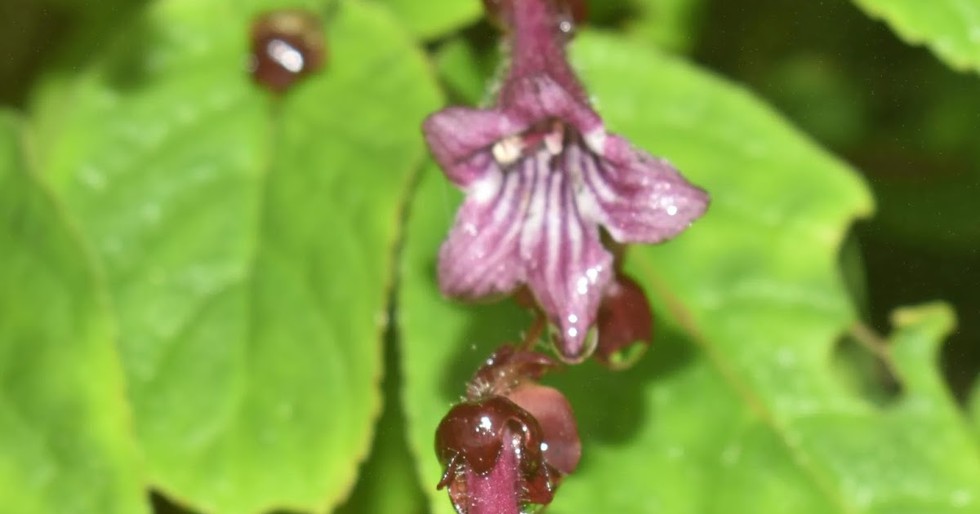Didymocarpus janakiae, a new plant species, was discovered in Arunachal Pradesh, India, and named in honor of Dr. EK Janaki Ammal.
Discovery Details
- Discovered by Rhuthuparna S.B. and Dr. Vinita Gowda of IISER Bhopal in 2023.
- Found during field surveys in northeast India, specifically in the West Kameng district, Arunachal Pradesh.
Taxonomic Classification
- Belongs to the genus Didymocarpus in the Gesneriaceae family.
- D. janakiae is the 111th species in the genus and one of 27 species found in India.
Habitat and Ecology
- Found in sub-tropical forests at an altitude of 2,300 meters.
- Typically grows on moss-covered rocks in undisturbed habitats.
Conservation Status
- Faces critical threat due to habitat degradation from rapid development.
- Proposed for listing as Critically Endangered under IUCN guidelines.
Multiple Choice Questions (MCQs):
- Who is Didymocarpus janakiae named after?
- A) Dr. EK Janaki Ammal
- B) Dr. Vinita Gowda
- C) Rhuthuparna S.B.
- D) C.D. Darlington
- Answer: A) Dr. EK Janaki Ammal
- Which genus does Didymocarpus janakiae belong to?
- A) Magnolia
- B) Gesneriaceae
- C) Orchidaceae
- D) Rosaceae
- Answer: B) Gesneriaceae
- Where was Didymocarpus janakiae discovered?
- A) Western Ghats
- B) Sundarbans
- C) Arunachal Pradesh
- D) Kerala
- Answer: C) Arunachal Pradesh
- What is the proposed conservation status of Didymocarpus janakiae?
- A) Endangered
- B) Vulnerable
- C) Critically Endangered
- D) Near Threatened
- Answer: C) Critically Endangered
- Who co-authored “The Chromosome Atlas of Cultivated Plants” with Dr. EK Janaki Ammal?
- A) C.D. Darlington
- B) Dr. Vinita Gowda
- C) Rhuthuparna S.B.
- D) Charles Alfred Barber
- Answer: A) C.D. Darlington
